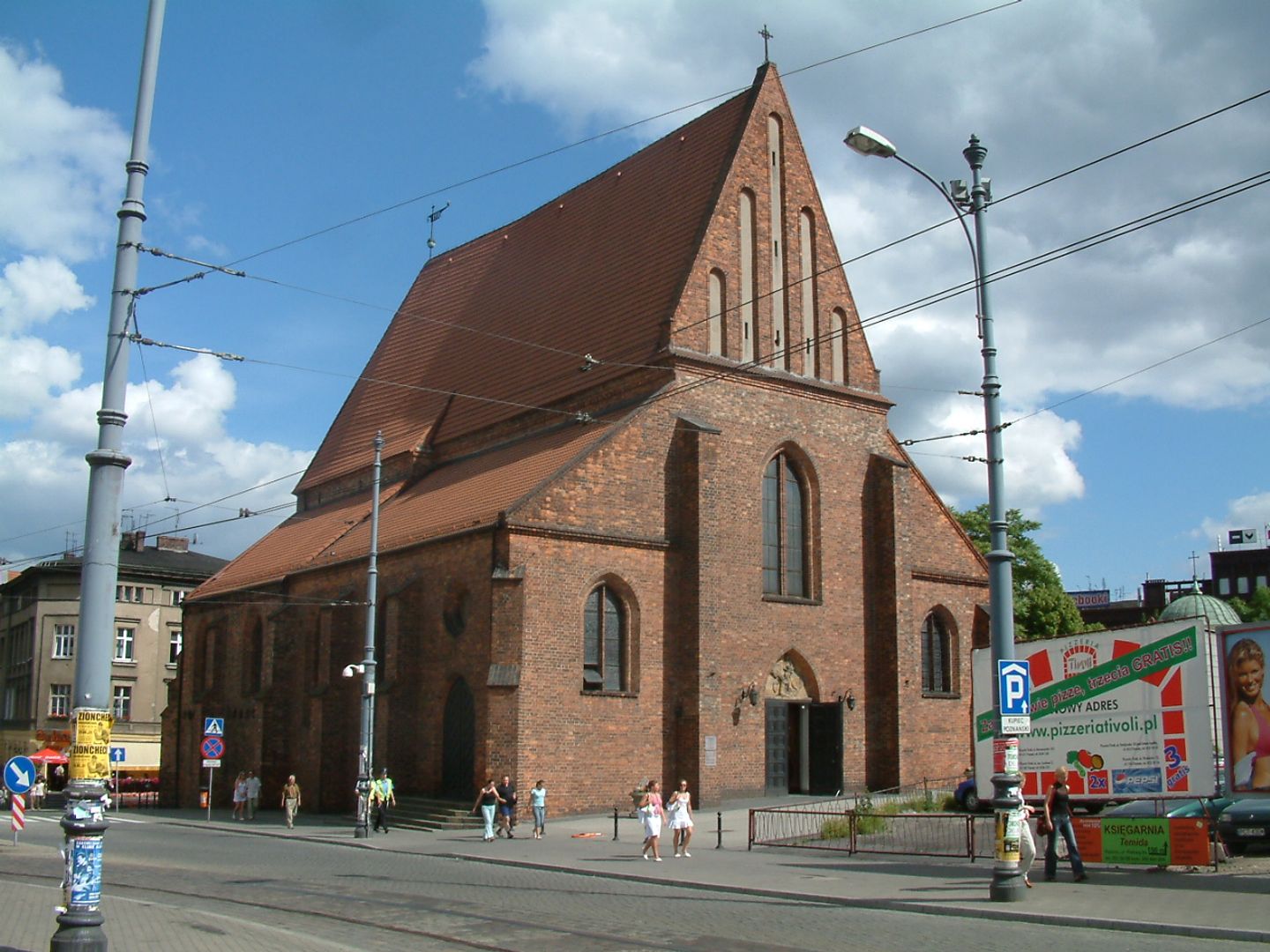St. Martin's Church in Poznań
6.48

Overview
St. Martin's Church in Poznań is a Roman Catholic historic monument located in the city center. The history of the church dates back to 1240, when it was likely built by Prince Przemysł I. The parish, which had existed since the 11th century, covered a large area of left-bank Poznań. Initially, the church was small and made of brick; during the Middle Ages, its furnishings, including altars, were expanded. The current shape of the church was achieved through a reconstruction in the 16th century, and its development continued until the Swedish Deluge. In the 17th century, the church was destroyed by fire; it was rebuilt in the Baroque style by Andrzej Wilkiewicz and Andrzej Chrościński. In the 19th century, it underwent a thorough modernization, and at the beginning of the 20th century, it was rebuilt to expand its space. In 1929, a new tower was built over the side entrance, which became a distinctive feature of the building. The church was not only a place of worship but also a former center of social life; it was the richest church in Poznań, and its parish co-organized various cultural initiatives. In 1939, the church was converted into a warehouse, and in 1945, it burned down. After its reconstruction from 1950 to 1954, its Gothic form was restored, and the interior was enriched with valuable monuments, such as a 15th-century triptych altar and polychromes. Outdoors, next to the church, there is a grotto of Our Lady of Lourdes from 1911, which has been repeatedly destroyed but restored. It is worth mentioning the organ, built in 1965 by Włodzimierz Truszczyński's company, as well as the three bells in the belfry, which are considered first-class monuments. A cultural event associated with the church is St. Martin's Day, celebrated on November 11, when a ceremonial procession takes place, and the residents of Poznań share St. Martin's croissants, supporting those in need. St. Martin's Church is not only an important religious site but also a significant element of Poznań's cultural heritage, connecting tradition with the history of the local community.
Location
Tickets
Powered by GetYourGuide
2025 Wizytor | All Rights Reserved